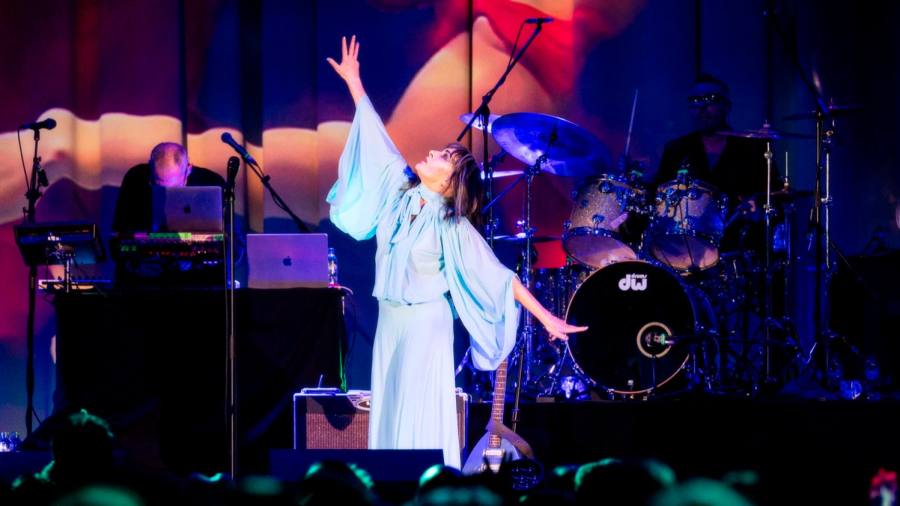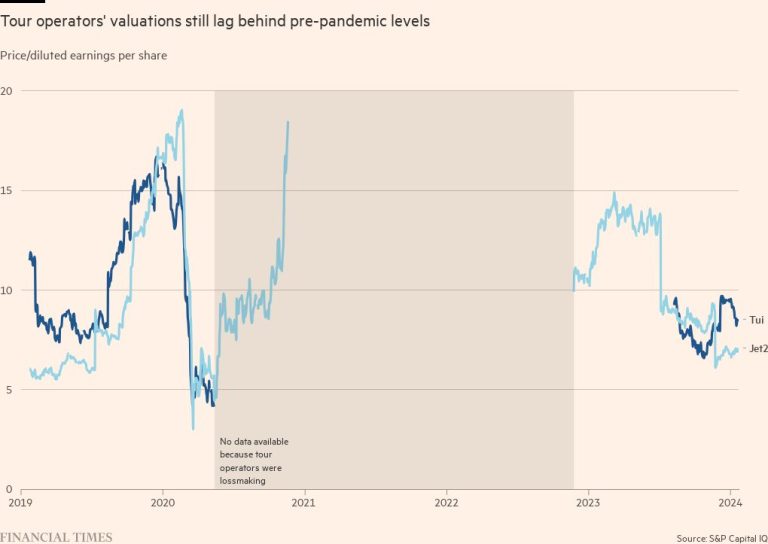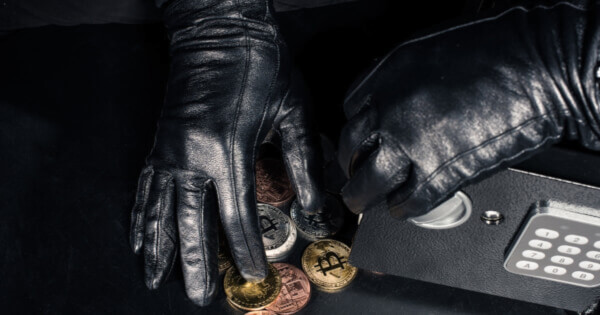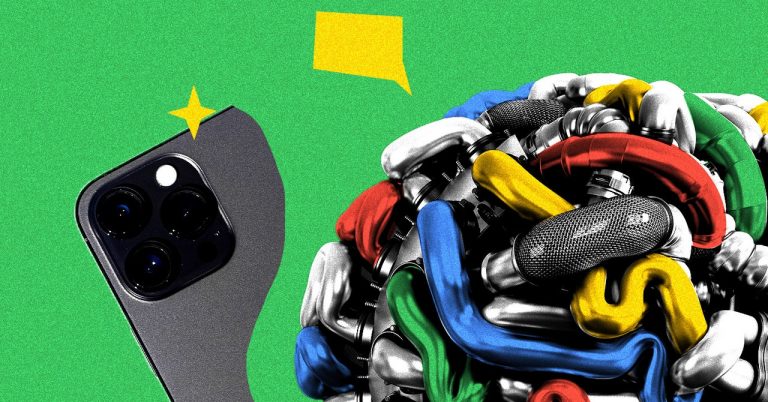Receive free music updates
We’ll send you a myFT Daily Digest email rounding up the latest Music news every morning.
Mystery observes its own timetable. Hence the reapparition of Siouxsie Sioux after a 10-year absence from the stage, without a stated explanation for the return. The former leader of Siouxsie and the Banshees, gothic-rock supremos in the 1980s, began her solo tour in Belgium in May. If the location was chosen for sentimental reasons — her father was Belgian — then the singer, 66, has kept them to herself.
Meteorology has its own timetable too. Thus a sweltering London night baked the first of her two shows at the Troxy. A few younger recruits among her patient fans wore the full Halloween fetishwear regalia, but older ones, who were in the majority, opted for boring black T-shirts, the standard wardrobe of the reluctantly summering goth. Meanwhile, Siouxsie appeared from behind a slowly rising curtain in a flowing cyan chiffon trouser suit with grey-streaked dark hair and Cleopatra eye make-up.
Her get-up was colourful, but the opening words of the first song weren’t. “Only at night time, I see you,” Siouxsie sang as her four-piece band ground out a dark, churning groove. This was “Night Shift”, among the heaviest songs in the Banshees’ discography, triggered by the 1970s serial killer Peter Sutcliffe, who murdered 13 women. Both song and heat pressed down suffocatingly. Welcome back, queen of goth.
That’s not a label to use in her presence, incidentally — or else the full force of a withering stare may ensue. (According to a former bandmate from the 1990s, Jon Klein, she was like “a cross between a big sister and the worst headmistress”.) Siouxsie, or Susan Ballion of Chislehurst, south-east London, as she once was, disdains the way that the Banshees and their decadent, foreboding work have been parcelled off into goth, the post-punk offshoot that became as well known for its look — fishnet shirts, clompy boots, hairspray, black everything — as its dirgey sound.
Siouxsie lays claim to another heritage. Her support act was a cabaret troupe hoofing away to a high-kicking soundtrack. Clips from the original King Kong were also shown before she came on, marking the film’s 90th anniversary. The range of references continued in the set list. “Here Comes That Day” cast her as a Shirley Bassey belter, albeit with a vastly narrower vocal reach. “Peek-A-Boo” was a fantasy of Weimar hip-hop. “Into a Swan” shifted gears into crushing industrial rock.
The last of the above songs was from Siouxsie’s last album, 2007’s solo release mantaray. She was joined by the musicians who worked on it. Anonymous but effective, they lacked the spark of the inspired individuals who worked with Siouxsie in the past, the likes of guitarist John McGeoch and drummer Budgie. Siouxsie, on the other hand, was very much the star; and an undimmed one at that.
She introduced songs with unexpected levity and illustrated them with mesmerizing twirls and elaborate handography. Her low voice remains formidable, an authoritative style that makes a virtue of inflexibility. She ended with one of the Banshees’ signature hits, “Hong Kong Garden”, an evergreen relic from 1978, after which she swept from the stage with a wave — off to return the following night, and then who knows when.
★★★★☆












+ There are no comments
Add yours